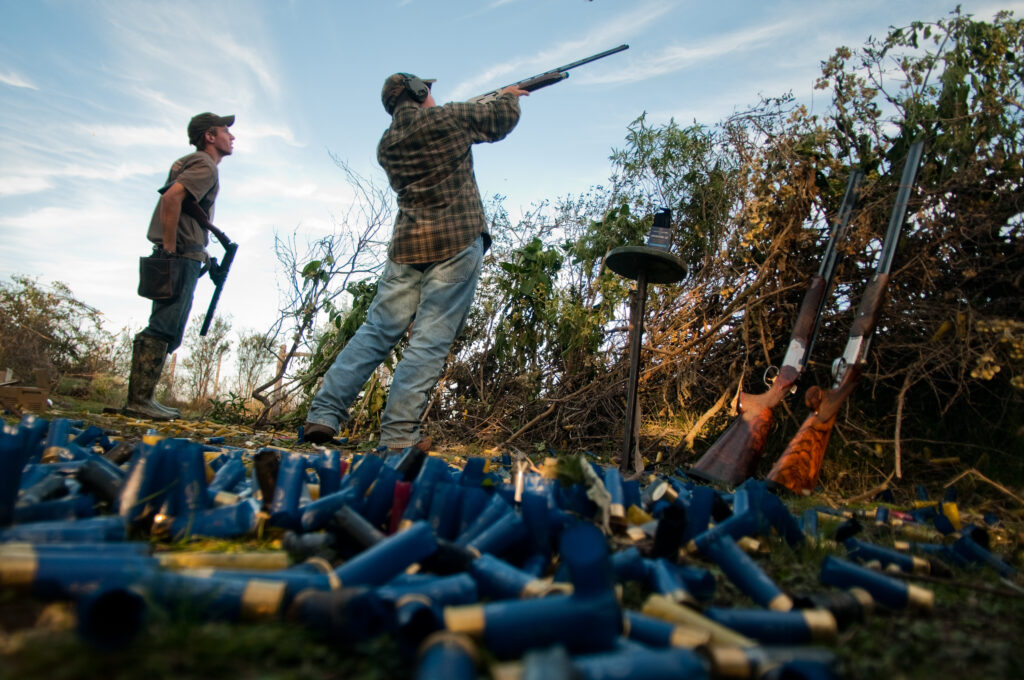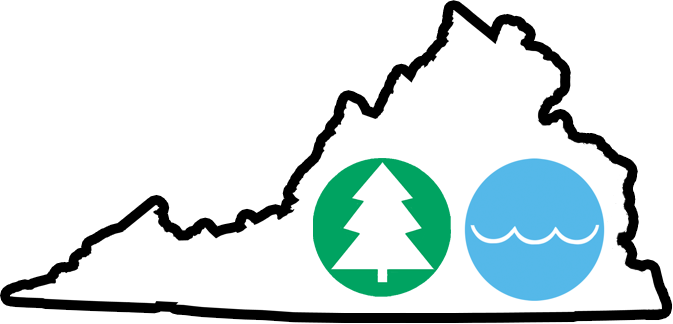By Jeremy Merchant
For most of our readers, Virginia dove hunting is quite familiar ground year in and year out.
It’s a patient and deliberate sport that is deeply rooted in Virginia tradition. Most seasons start the same way, with a few friends, a box of shells and a field cut just right. The excitement of the whole sport comes from reading birds, watching wind and squeezing off clean shots one at a time.
Now picture this: instead of waiting for a few birds to skirt the edge of a sunflower patch, you’re standing under a sky full of doves, firing and reloading as fast as you can.
Now, that is what you would experience dove hunting in Argentina.
While dove hunting in Virginia and Argentina couldn’t be more different, whether it be the volume of animals or the hunting gear you use, both teach hunters something valuable.
If you’ve only hunted in Virginia, there’s something worth paying attention to in how the other half of the world does it.
While Virginia doesn’t have quite the same volume of dove as Argentina, you can still learn to be one hell of a wing shooter growing up in Virginia.
Virginia dove hunting is all about restraint in the field. You’ve got a daily limit of 15 birds, and most hunters work hard to make those birds count. Shooting wildly not only burns shells but also wastes opportunities. The best approach is measured. You watch the sky, call your shots and try to improve with each volley.
Opening day is usually the most social of the season. After that, it becomes more about skill and having a successful hunt. Birds wise up, patterns shift and hunters have to think a little harder.
As any dove hunter in Virginia will tell you, it’s not supposed to be easy.
A typical Virginia field is either leased, public, or privately arranged with a farmer.
You might have eight to 10 shooters spread along fence lines, tree lines or gaps between standing crops and bare dirt. You’ll typically set your stool low, mind the sun and pay attention to flight lines. Good placement beats a fancy decoy spread any day of the week.
Virginia teaches you to make decisions, and to do so in a split second. When to shoulder the gun, when to wait, when to move your spot entirely are all aspects of a dove hunt that can sometimes be far more instrumental to the hunt in Virginia.
Now, while there are obvious similarities, if you were to drop a dove hunter familiar with the Virginia landscape into an Argentina dove hunt, they would quickly learn it is a very different type of hunt. The pace flips completely.
In northern Argentina, especially in Córdoba, the dove situation is quite different than in Virginia. There are no daily limits, you’re shooting hundreds, sometimes thousands, of birds in a single day, and there’s a good chance you might even burn through a case of shells before lunch. When they say the birds come in waves, they mean that they don’t stop.
You also often don’t have to hike or scout. Local guides already know the flight paths, and you’re going to be placed exactly where the action is.
Most fields are within a short drive from your lodge of choice, and the setup is designed to be as efficient as possible. A bird boy will even help keep you loaded, retrieve birds, and clear empties while you shoot.
You may think shooting all day sounds fun, and it is, but it can also be quite tiring. By mid-morning, your shoulder is sore, and by day two, you’ll start seeing where your form breaks down where it hadn’t before.
That’s when the experience starts to teach you something new. Shooting under fatigue makes every bad habit clearly obvious, forcing you to either fix your mount and follow-through, or you keep missing.
The team at South American Adventure Safaris, a South American outfitter specializing in Argentina dove hunting, lays out this need for endurance extremely well.
“The key to effectively hunting these birds is paying attention to wing shooting fundamentals, not over thinking, and trusting your gut.” High volume dove shooting can be a real test of your fundamentals!
This becomes especially true after considering that each Argentina dove hunter will shoot 1,000 shells per day on average.
As you might have surmised from what we have already discussed, there are some significant differences between dove hunting in Virginia and Argentina.
At the end of the day, Virginia favors precision. Most birds are 20 to 40 yards out, and you don’t get many second chances. Your success simply comes down to picking your moment and hoping you’re chosen right.
Argentina, on the other hand, favors tempo. You shoot fast, reload faster, and the next bird is already in your sights. It’s more about rhythm than calculation there.
In Virginia, dove hunting rewards thinking ahead, meaning you are watching where birds enter, adjusting your position, and perfecting their timing.
In Argentina, you’re more concerned about keeping up your pace when you’re tired and continuing to swing even when your shoulder says no. You get faster by necessity, not by planning.
A Virginia hunter might bring one 12-gauge, a shell belt, and two or three boxes.
In Argentina, it’s a little different. You’ll want gloves, recoil pads, and more shells than you think you’ll ever need. The tools reflect the environment. One is minimal. The other is excessive, but for good reason.
You don’t need to fly across the world to benefit from the lessons Argentina has to offer, and there’s value in knowing what your limit looks like.
Most Virginia hunters never shoot more than 40 shells in a day. In Argentina, you’ll hit that number in ten minutes. At a minimum, that increase in volume forces your mechanics to evolve.
Back home, you can replicate some of that pressure to improve some of the basics you thought you had locked down, like the speed of your shot. You can do things like run longer clay sessions and practice under fatigue, like after a run.
When the season opens after all of this dove hunting preparation, your first 15 shots will feel slower, more deliberate, and far more effective.
Argentina also shifts your overall mindset of the sport after seeing how many doves there really are down there. It reminds you that wingshooting is a skill with depth. You can always get better, whether you’re chasing 15 birds or 1,500.
Virginia will always be the home field. The tradition, the planning, the quiet problem-solving in every setup, it’s all a part of who we are as hunters in Virginia and the United States as a whole.
But sometimes, looking somewhere wildly different helps you see your own hunt in a sharper way.
Argentina in no way replaces the Virginia experience, but rather stretches it out and shines a new light on it. It shows you what happens when you remove the limits and push yourself to the edge of your skill set.
So, whether you’re adjusting decoys in a Powhatan field or hammering through shells under the Argentina sun, the goal stays the same: clean shots, steady hands, and a better hunt than the one you had last year.
Editor’s Note: If you are interested in an Argentine dove shoot contact South American Adventure Safaris at carlos@saadventuresafaris.com.



